The boss of the most powerful self-driving car technology company in the world has a Porsche 911 GT3 on order. And a Caterham in his garage. And two more Porsche 911s nestling alongside that: a 997-series C2 S and a 964-series Targa.
Easy natured and always the evangelist, John Krafcik – CEO of Waymo, part of Google – breaks into a ready smile as he can see my brain computing that one. “We are not the enemy. Yes, you can have self-driving cars and enthusiasts’ cars,” he says, grinning. “What we’re doing at Waymo does not mean the end of driving.
If you just want to get somewhere, we hope you’ll use one of our cars. Hail it on the app, get driven there autonomously, hop out.
Jaguar deal could encourage Waymo to start autonomous car tests in Britain

“But people will always want to own cars – and if you’re buying something, we want it to be special.
I can see how we might disrupt the utilitarian market, because we can likely cover those needs in a cost-effective way, but the beauty for car enthusiasts is that every car that gets sold will have to be more interesting. It’ll have a purpose.”
Krafcik, 56, and Waymo were thrust further into the spotlight last month when it was announced that the firm had committed to buy up to 20,000 Jaguar I-Paces, which it will offer to the public to use autonomously from 2020. To look at him, you’d think he’d spent his life in Silicon Valley – there’s the floppy hair, stubbly chin and jeans, for starters – but in fact he spent decades in the car industry, working his way through the ranks (see separate story, right) before answering the call from Google’s founders to head up Waymo in 2016.



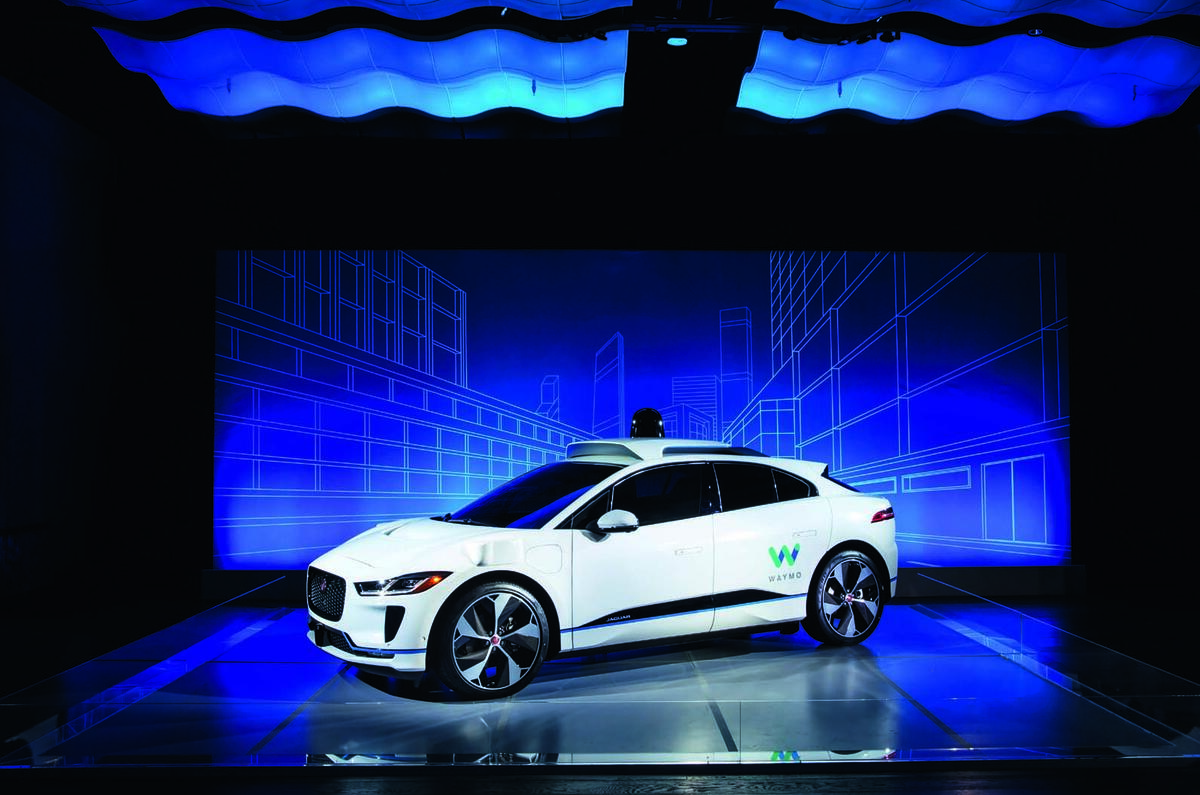
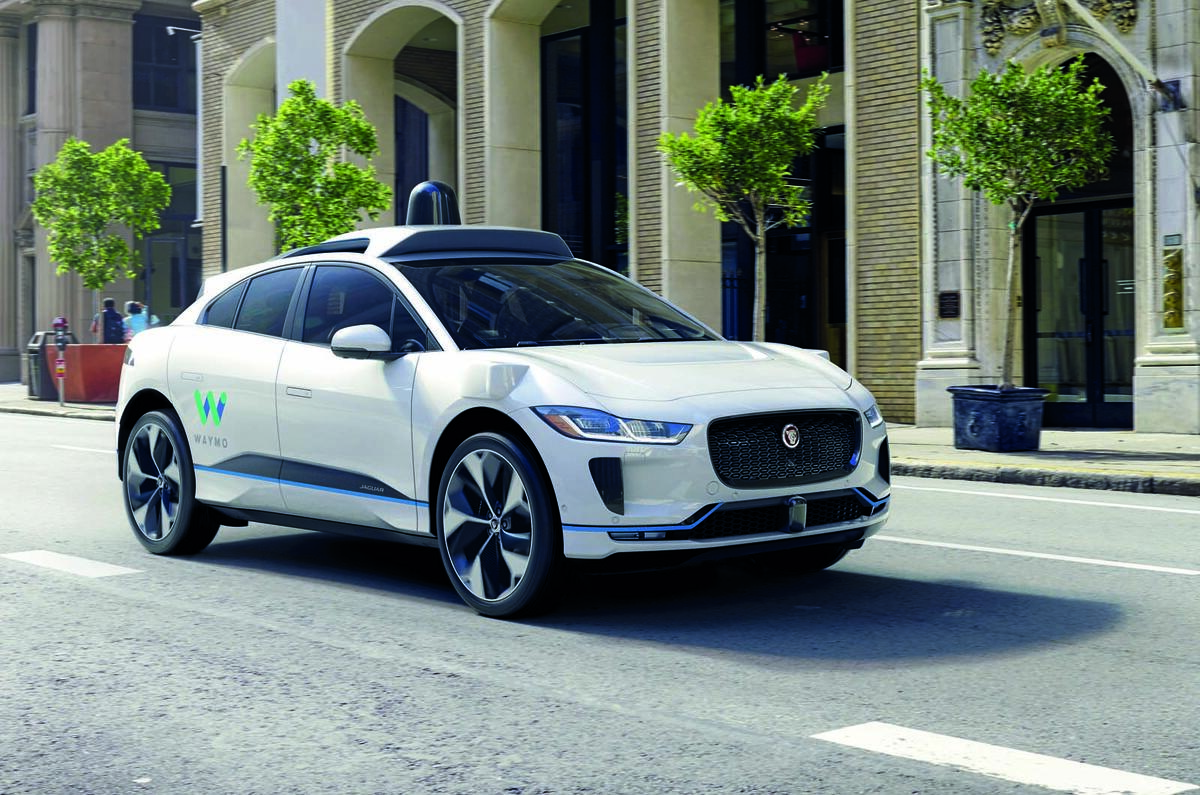
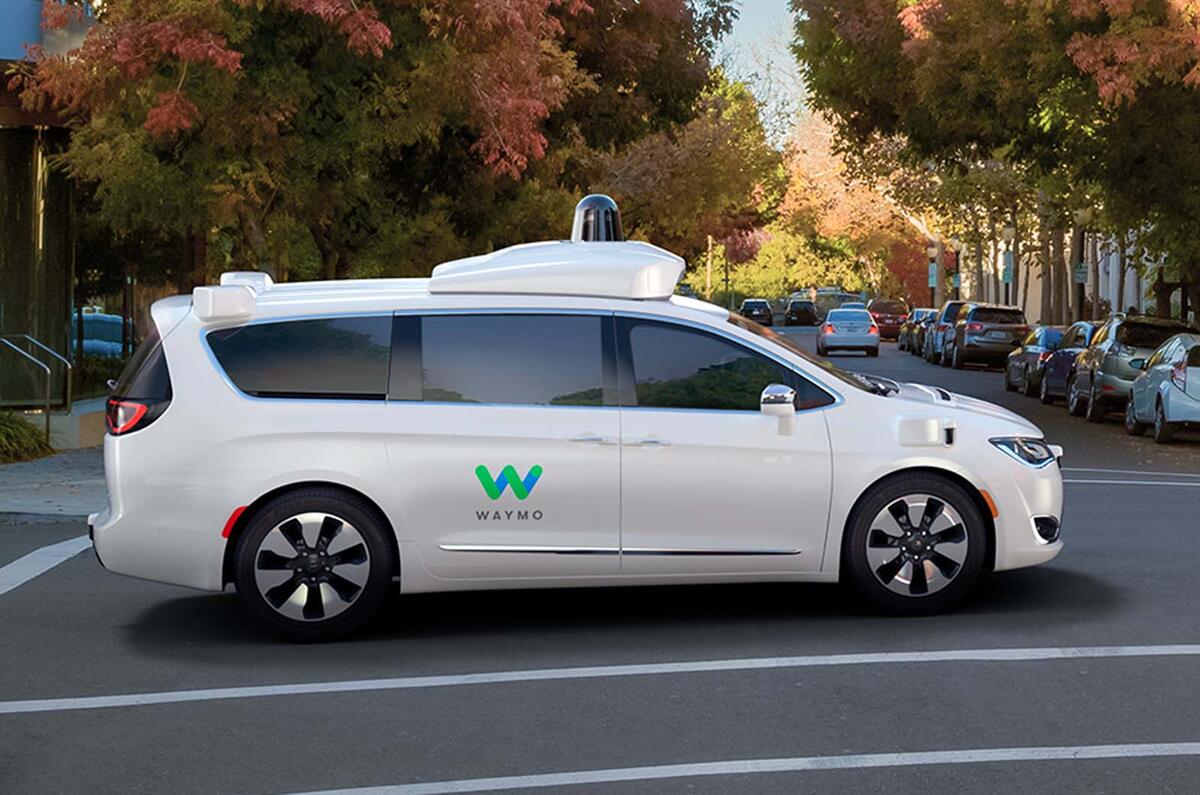



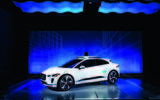

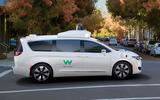
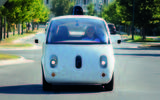

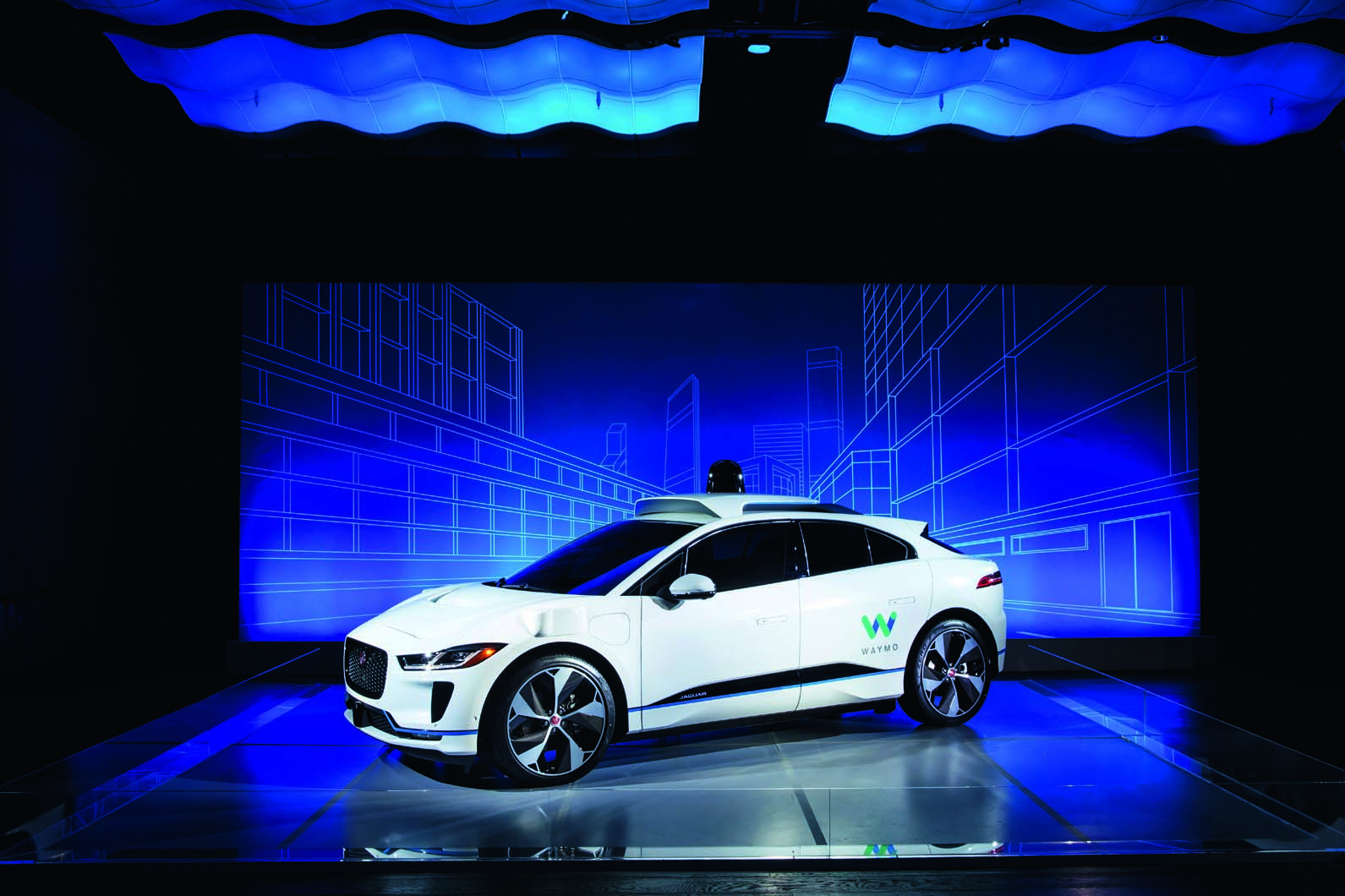
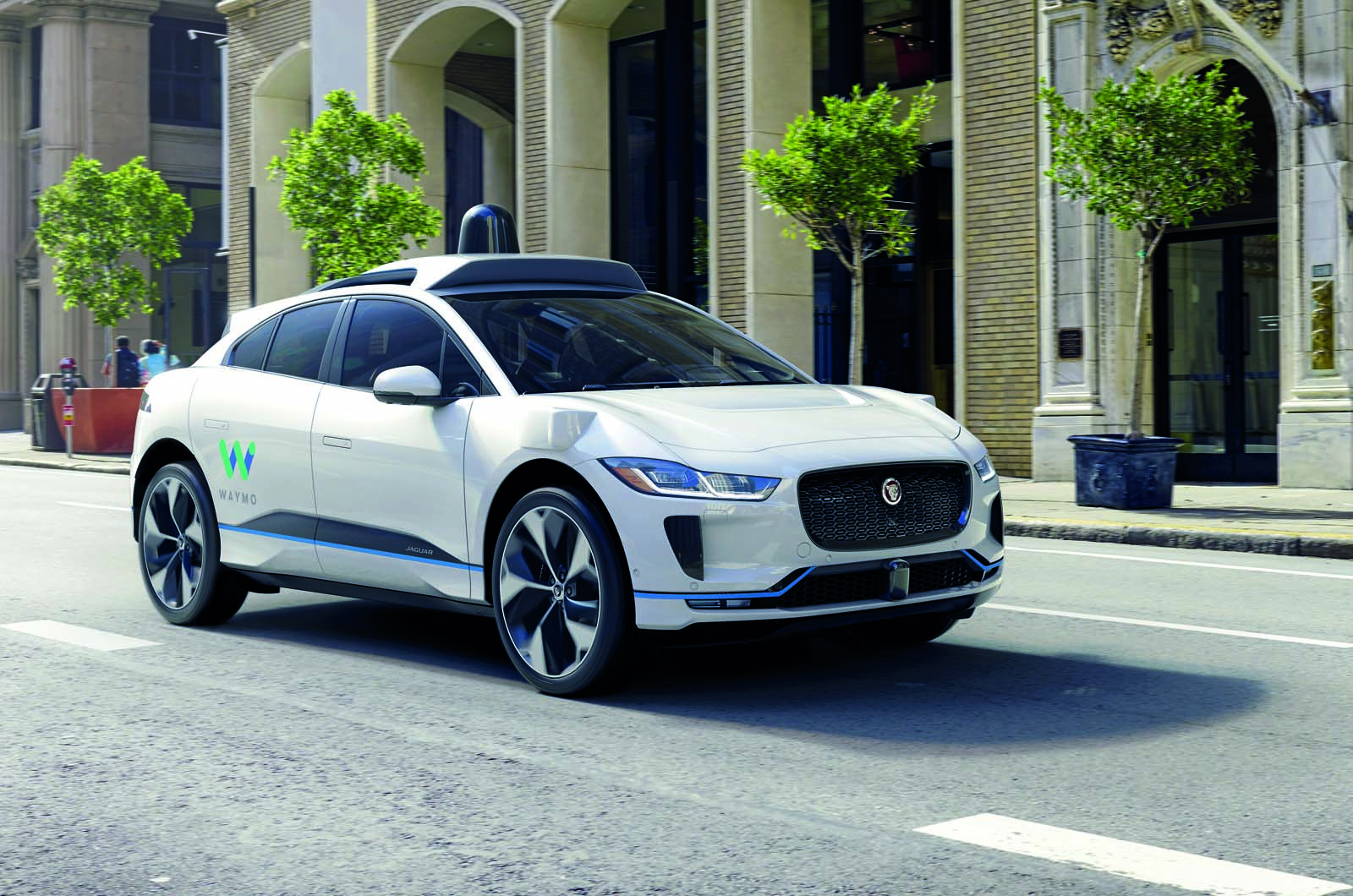
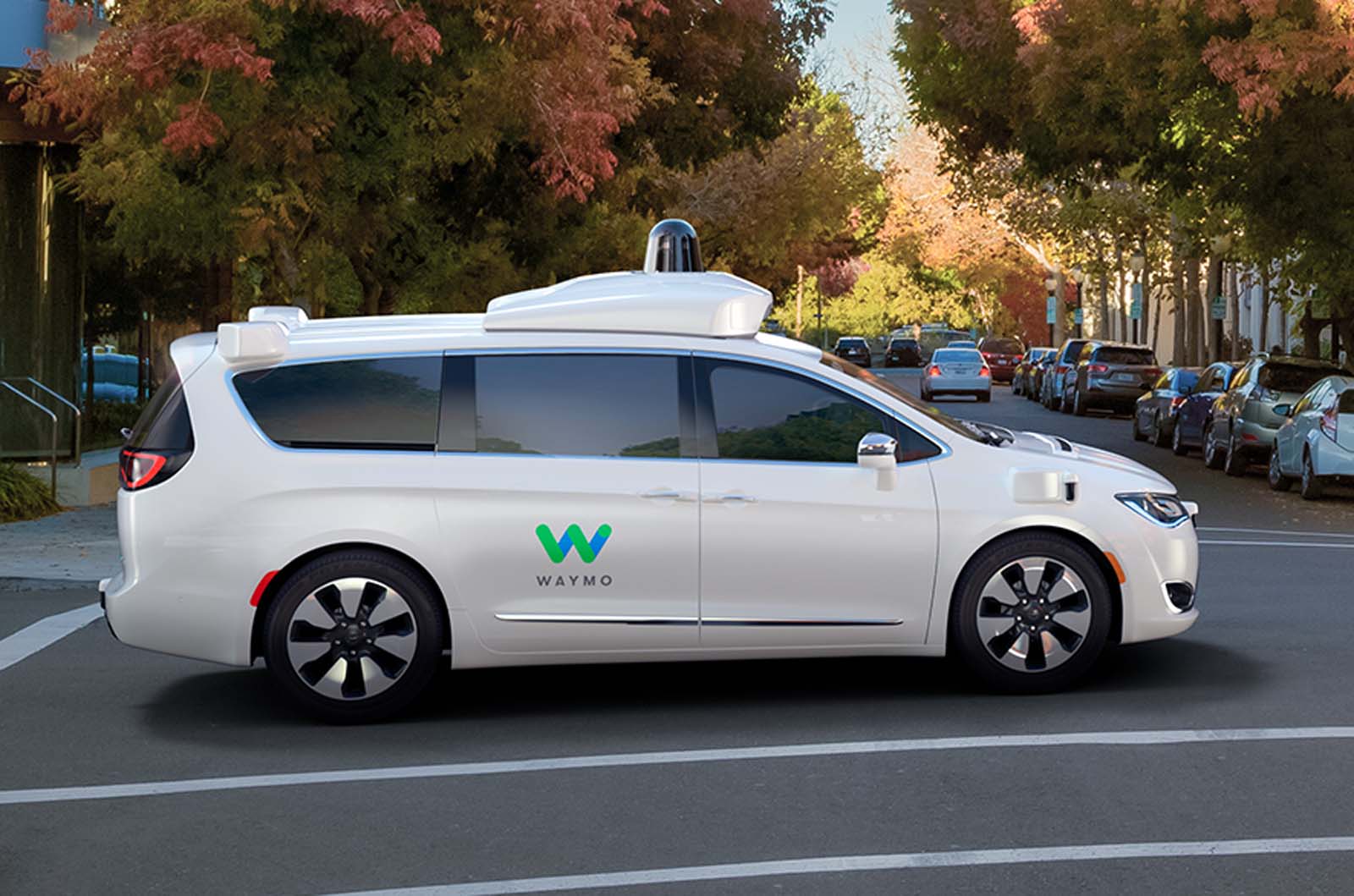
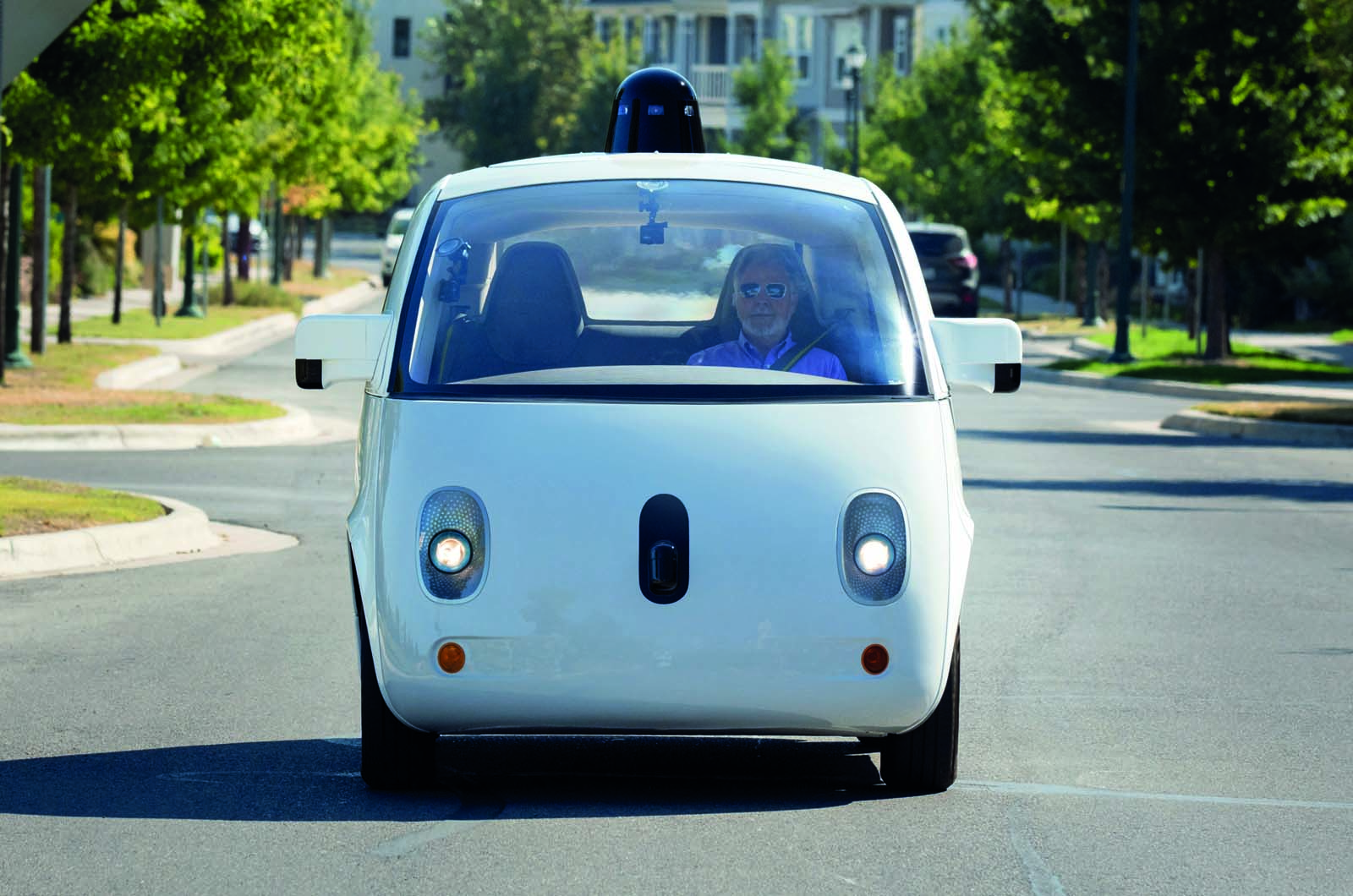


Join the debate
Add your comment
So long as the authorities..
..know where you are going, how long you spent there, how fast you went (so we can fine you) what was the barometric pressure and biometrics before the car will work etc etc they will be happy. Place is becoming more like "1984" with every passing six months.
The company is only branded
The company is only branded Waymo because if their prototypes end up causing serious accidents, especially where deaths occur) people don't instantly think of Google.
Thankfully the tech bubble is close to bursting and I'll continue to be driving myself.
Social Engineering
Replacing the driver with automation and AI is nothing to to do with safety and everything to do with control. As much as these businesses like to portray their altruistic credentials, the fact remains they are corporations tasked with making a profit for their shareholdersThe "life-saving" by-product of their endevours is nothing more than a useful advertising hook.
The future was precdicted by Rush 30 years ago!!
https://www.youtube.com/watch?v=PjjNvjURS-s
This article should have been
This article should have been published on 1st April